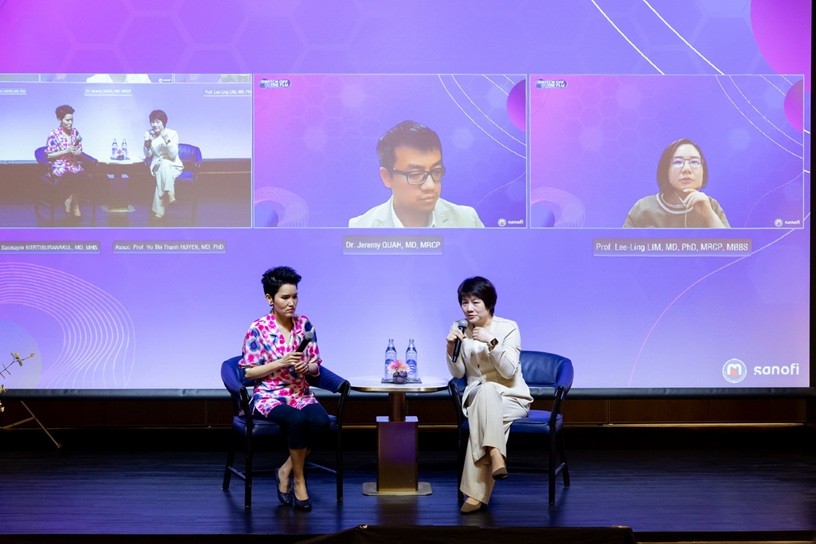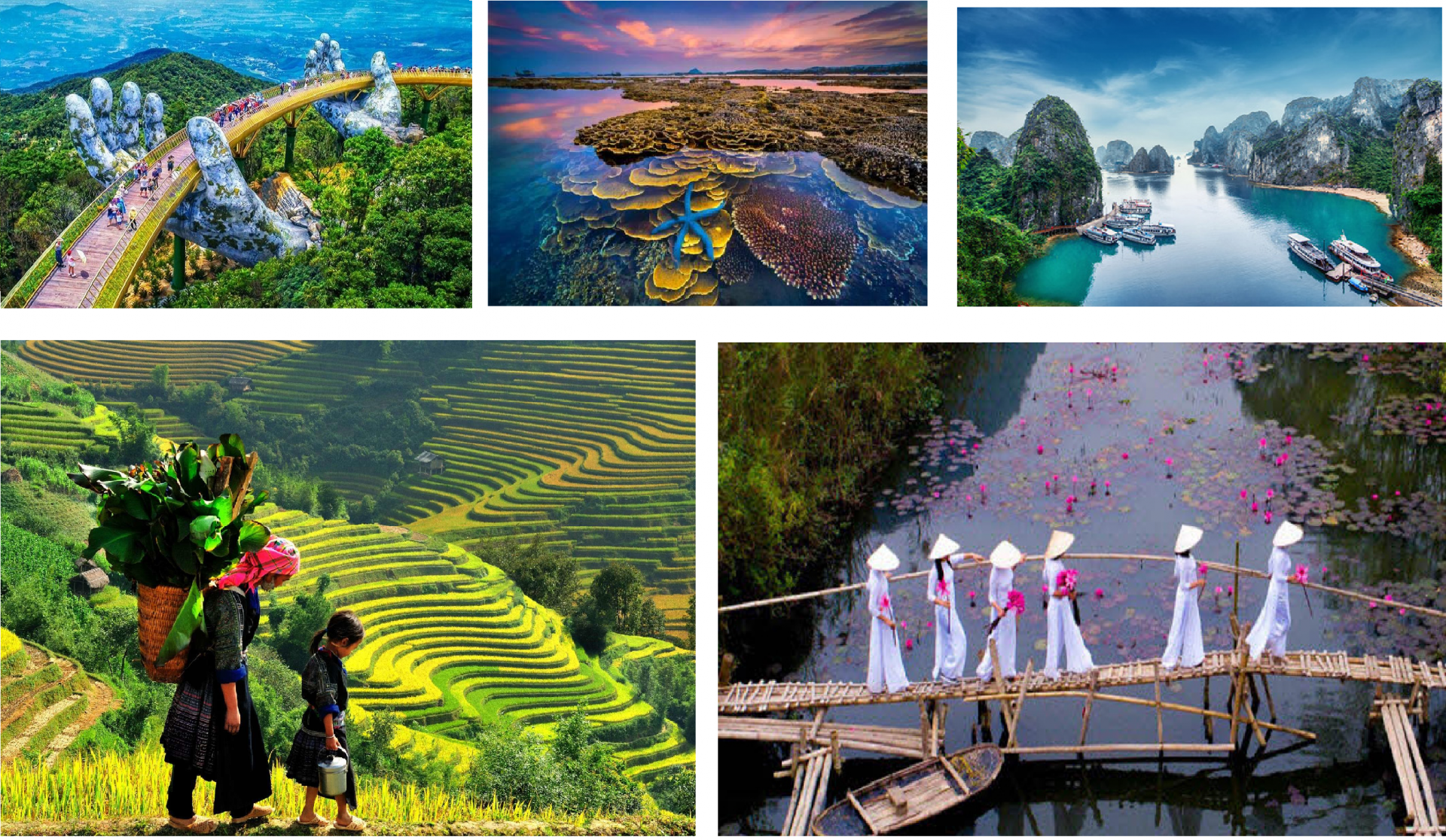Indonesia Braces for Trade Shifts amid China’s Export Redirection
The recent Indo Intertex exhibition in Jakarta underscored these trade dynamics, spotlighting industry perspectives. A textile machinery vendor, expressed apprehension about market instability and Chinese imports. Among the showcased equipment was a knitting machine from Hengye Mach, a Chinese firm represented locally, illustrating China’s expanding footprint in Indonesia’s textile sector.
The recent exhibition showcased a strong presence of Chinese companies, dominating numerous booths with machinery for textile processes like spinning, dyeing, and weaving, as well as fabrics from polyester to silk. Indonesian manufacturers raised concerns over low-cost Chinese goods, frequently bypassing tariffs through smuggling, which has impacted local industries. Even before the US imposed a hefty 145% tariff on Chinese imports, worries persist that redirected Chinese goods might inundate local markets, leading to business closures and challenges for Indonesia's iconic textile sector.
Addressing this matter poses a significant challenge for Indonesia, as China is its top trade partner. In 2024, Indonesia imported $72.7 billion worth of goods, primarily telecom equipment, machinery, and computers, as per Indonesia’s Central Statistics Agency. Meanwhile, exports to China amounted to $62.4 billion, largely consisting of coal, palm oil, and ferroalloys. Additionally, China is a major investor in sectors like infrastructure, nickel, and electric vehicles. Last year, then-Trade Minister ZukifliHasan proposed tariffs of 100-200% on certain Chinese products, including textiles and ceramics.
The proposal faced immediate rejection from other ministers, concerned about straining relations with China, a significant investor in the country. However, demands for shielding local industries from inexpensive Chinese imports have remained strong, especially within the textiles sector—one of Indonesia’s primary employers. These concerns grew louder when Sritex, a leading textile producer, filed for bankruptcy amidst the closure of other factories unable to compete with low-cost Chinese goods.
Accusations of widespread smuggling to bypass Indonesia’s tariffs have exacerbated the issue. In December, President Prabowo Subianto took a firm stand, warning that textile smuggling imperils both the industry and workers’ livelihoods.
The situation is far from straight forward. Before President Prabowo assumed office, former Coordinating Minister Luhut Binsar Pandjitan disclosed a Chinese initiative to build textile factories in Kertajati, Majalengka, potentially creating 108,000 jobs. Another proposal from Chinese investors aimed to establish factories in Subang, Karawant, Brebes, Solo, and Sukhoharjo, covering the entire textile production chain and focusing on exports.
The question remains whether Chinese-owned factories in Indonesia can bypass the 145% tariffs on Chinese goods, as Trump’s trade war escalates with calls for “secondary tariffs.” In 2024, Indonesia exported $26.3 billion worth of goods to the US, primarily low-end manufactured items like electronics, garments, and footwear, according to BPS( Billing and Settlement Plan) data.
China's demand for Indonesian goods remains limited. In the same year, Indonesia exported approximately $70.7 billion to China, with 90.9% consisting of commodities like coal, nickel, palm oil, iron, steel, and paper pulp. This reliance on raw materials could hinder China's efforts to position itself as a dependable alternative market amidst America's trade policies. At a dinner with Malaysian Prime Minister Anwar Ibrahim, Xi emphasized regional unity against geopolitical tensions, advocating for collaboration to preserve Asia's promising future.
Indonesia, as the largest country in the region, forms part of these plans. On April 21, China’s Foreign Minister Wang Yi said at a press conference with his Indonesian counterpart that China and Indonesia should oppose “any form” of unilateralism and trade protectionism. The two sides should jointly accelerate regional economic integration and maintain the stability of industrial chains and supply chains, he said.
As Indonesia navigates the challenges of Trump’s tariff policies, the notion that China’s trade issues could benefit Indonesia is gaining traction, despite the 36% reciprocal tariffs on Indonesian goods. Mari Pangestu, now the president’s Special Envoy for Trade, highlighted Japan, South Korea, and Australia as promising markets for Indonesian exports traditionally destined for the U.S.
Negotiations for a trade agreement with the European Union are regaining momentum after years of stagnation over issues like palm oil practices and resource nationalism. Discussions have also surfaced about Indonesia potentially joining the Trans-Pacific Partnership, a trade pact involving 11 nations, including Japan, Australia, and several Southeast Asian countries.
Regarding China, the approach has shifted. Panget assured local businesses that trade liberalization would include stronger anti-dumping laws, indirectly targeting Chinese goods. She highlighted opportunities for Indonesia to attract manufacturers relocating from China due to the trade war. At the textile expo, some independent wholesalers are already considering this possibility.
It was observed that exports had been restricted following the effects of the pandemic. There was mention of information regarding America's strategic approach in the trade war, reportedly aimed at China. This development was suggested to potentially create opportunities for Indonesia, particularly in the realm of reindustrialization. Additionally, the possibility was considered that China might find itself compelled to set up factories in Indonesia as a consequence of these circumstances.
Recommended
 Economy
Economy



